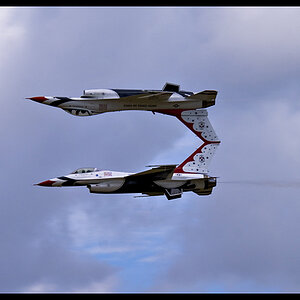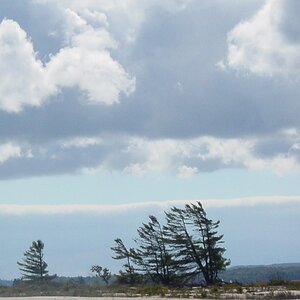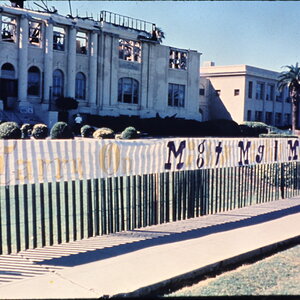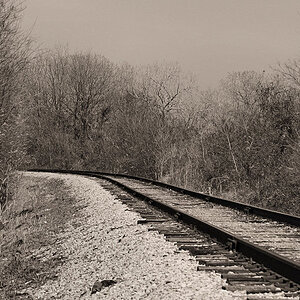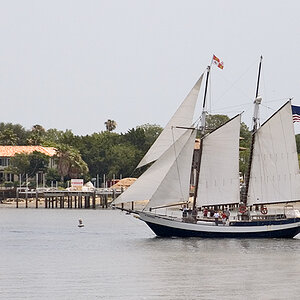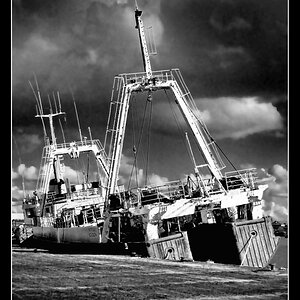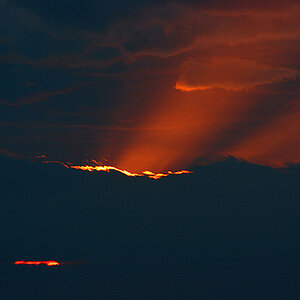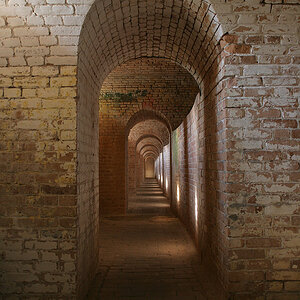lmchelaru
TPF Noob!
- Joined
- Nov 25, 2009
- Messages
- 80
- Reaction score
- 0
- Location
- Georgia
- Can others edit my Photos
- Photos OK to edit
The pinhole was 0.25 mm in diameter. A soda can is about 120mm high so his aperture would be f/480.
3600 sec/hr * 24 hr/day * 180 day/half year = 15,552,000 sec. Round that to 16,000,000 sec
By the sunny 16 rule film speed should equal shutter speed so he needed an ASA 1/16,000,000 if his aperture was f/16. But his aperture was f/480, approximately 5 stops smaller. His film's speed needs to be 5 stops faster than ASA 1/16,000,000 or approximately ASA 32/16,000,000 = ASA 1/500,000 = ASA 0.000002. If he were using ASA 100 film then he needed a neutral density filter with about 22 stops attenuation.
:thumbup: Thanks for that. That's gonna be really useful if I try to do it...


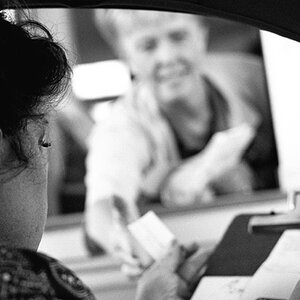
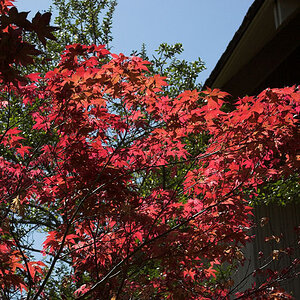
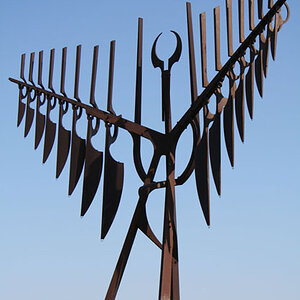
![[No title]](/data/xfmg/thumbnail/42/42465-64dd69400e2bfaf59e558c3d8c934271.jpg?1619740192)
